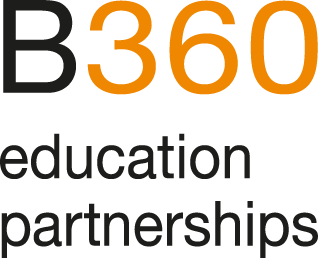Prof. Dr. Armin Hollenstein
Prof. Dr. emeritus, University of Bern
Lecturer in Mathematics Education & Research Methodology
Faculty of Business Administration
Tertiary School in Business Administration, Cape Town
August 05 - 17, 2019
context
Unfortunately, also the TSIBA business-oriented mathematics courses function as "gate keepers", causing a significant proportion of students to drop out. The aim of our commitment is to increase the success rate in mathematics by individualizing learning processes using blended learning, a combination of traditional, face-to-face classroom teaching and eLearning.
Over the past three years, my teammate Ernst Elsener and I have built and maintained – in collaboration with the faculty of mathematics and the school management – the ICT-based teaching and learning environments NUM-101 and NUM-102.
Being on site, we accompany the introduction of those learning environments into the actual mathematics courses.
Cooperation with university staff
For 2019 a specific field of work has been agreed with TSIBA’s-Dean.
So far, the mathematics courses NUM-10n were divided into two very different strands, for students difficult to integrate:
a) Classical "paper and pencil" mathematics consisting of a series of lectures with accompanying tutorial. The lecturer develops mathematical content on the white board, writing and commenting. Students are busy "copying" the contents presented.
b) Blended learning: Guided by diagnostic tests in the context-sensitive teaching-learning environments NUM-101 and NUM-102, students follow individual learning paths. These events take place in TISIBA's own IT lab, accompanied by teaching staff. The didactic goal is self-directed, discovering learning.
The main aim of the mission in August 2019 was a didactic approximation of these two strands of instruction. Together with the responsible lecturer Tyson Wadeley, it was possible to integrate contents of lecture and face-to-face tutorials into the ICT-supported teaching-learning environment. As a result, elements of the ICT-supported courses NUM-10n are enriched by original recordings from the lectures. But the available technical means at TSIBA are extremely limited, since neither projection nor live recordings are possible.
But jointly we found a solution: At the end of important steps, the lecturer stops, grabs demonstratively his mobile phone and takes pictures of the content on the white board. Doing this he recapitulates central ideas and answers student questions. The snap shots are available afterwards in the Learning Management System Google Classroom. Thus, verbatim copying is not necessary anymore and thinking along as well as inquiries are clearly promoted. Recapitulation and consolidation will take place in following ICT-based sessions.
Still to be done after this assignment is a further development of the courses NUM-101 and NUM-102, i.e. a neater integration of the two Learning Management Systems (a) Google Classroom and (b) Khan Academy used parallel in the same course.
A further goal is to tune NUM 101 so that the course will be operational again in February 2020.
Cooperation with students
During my stay, I participated in mathematics courses in the role of an assistant. My aim was to personally experience the teaching styles as well as the students studying behavior, obstacles and successes in their learning paths.
Impact and win-win
The integration of face-to-face and ICT-supported teaching – as jointly developed – is of importance for teachers and learners alike. On the one hand, the responsible lecturer attains a clearly increased ownership of the ICT-based elements of his or her course and this is also perceived by the learners. The students experience an increased consistency regarding content as well as the form of presentation. This happens without obstructing the individualization of the learning process.
For me as a B360 expert, the experience was extremely instructive. I was improving the use of technical tools as well as gaining new perspectives regarding steps to take in terms of didactics.
Personal message
This report describes the second section of an intense and for me again very instructive effort in southern Africa. Continuing the work with TSIBA was stimulating and in a positive sense surprising. TSIBA is an institution in transition, in terms of personnel as well as its venue. This brings many uncertainties.
Last but not least, TSIBA needs to position itself more clearly in the educational landscape of South Africa. In view of a very heterogeneous student body, the school management sees TSIBA’s legitimacy and its profiling opportunities in high quality teaching and the resulting academic success.





